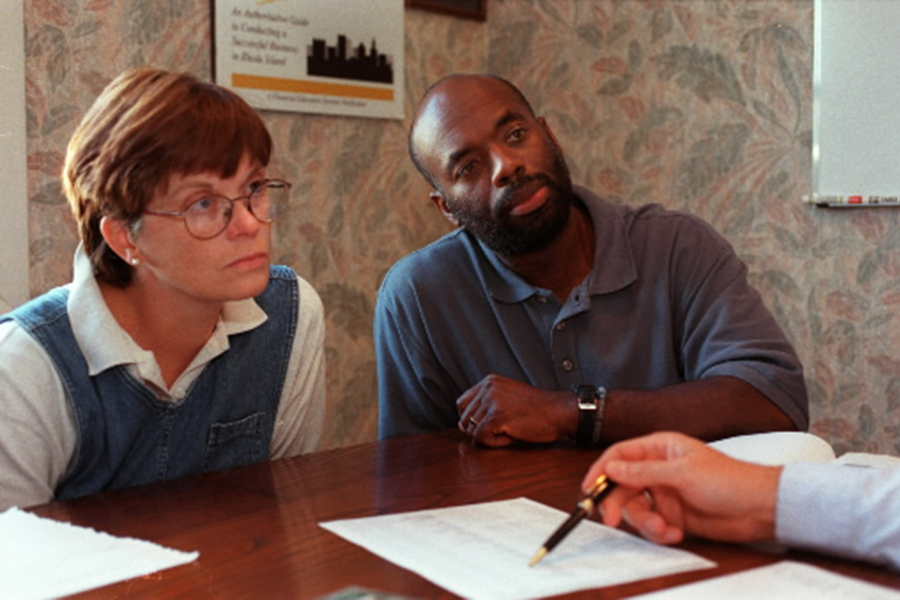Americans are failing in financial literacy: What can we do?
Loading...
One would assume that the financial crisis in 2008 would lead to better financial practices in 2016, but a new report by FINRA Investor Education Foundation indicates that Americans are not saving for the long-run, even though they are on a better financial footing six years after the Great Recession, which began when a housing bubble burst in 2007 and led to years of decreased consumer spending.
In America, 18 percent are spending more than their household income; 21 percent have overdue medical bills; 32 percent are paying the minimum amount on their credit card; and 63 percent failed FINRA’s financial literacy test. What’s worse is that many Americans don’t realize how much they don't know.
“The very people who give themselves the highest scores are engaging in behaviors that don’t reflect their perception of their ability to manage their behavior,” Gerri Walsh, president of FINRA Investor Education Foundation tells The Christian Science Monitor in a phone interview.
“Eighty-one percent of people said that they handle their finances very well,” giving themselves a five, six, or seven out of 10, says Ms. Walsh. “But that sense of satisfaction with personal financial circumstances may well derive from an improving economy and an improving job market."
Although keeping track of finances may seem intuitive, a 2012 study by Leora F. Klapper and colleagues at the World Bank showed that there is a direct relationship between financial literacy and financial ability.
“The relationship between financial literacy and availability of unspent income is higher during the financial crisis, suggesting that financial literacy may better equip individuals to deal with macroeconomic shocks,” Dr. Klapper and colleagues write in the report.
Consumers today may have even more need of financial expertise than they did at the turn of the century. “The number and complexity of available financial products have increased dramatically in the past two decades, effectively transferring a higher burden of financial responsibility and risk to the consumer,” according to the National Financial Capability Strategy.
How do Americans deal with this widespread lack of knowledge?
“We all need to keep doing what we’re doing and never lose sight of how important it is to build the financial capability of Americans,” Walsh says of researchers, legislators, and students.
Major trends in financial literacy legislation have included “implementing statewide curriculum ... incorporating education opportunities for adults like first time homebuyer programs, and [establishing] prison reentry programs,” Heather Morton, insurance expert for the National Conference of State Legislatures tells the Monitor in an email.
Nonprofits are doing their share of work to increase awareness about the financial illiteracy in America and specifically to help educate youths. Jump$tart Coalition for Personal Financial Literacy – a 20-year old financial education nonprofit that advances and advocates financial-literacy for students in preschool through college – claims it originally championed April as Financial Literacy Month. The Month became officially recognized by the Senate in 2004.
“During National Financial Capability Month, we recommit to ensuring everyone has access to the information and tools that empower them to operate safely and smartly in the marketplace,” President Barack Obama said in his 2012 proclamation.
Organizations are becoming creative about how to teach financial literacy. One example is Financial Football, a game developed by the NFL and Visa, Inc., in which players must successfully answer questions about financial management in order to move down the field and score touchdowns.
“Students enjoyed the game,” Dawn Morrison of the Alabama Department of Education, where the program was implemented, told the Pew Charitable Trusts. “They did learn something without realizing they were learning.”






